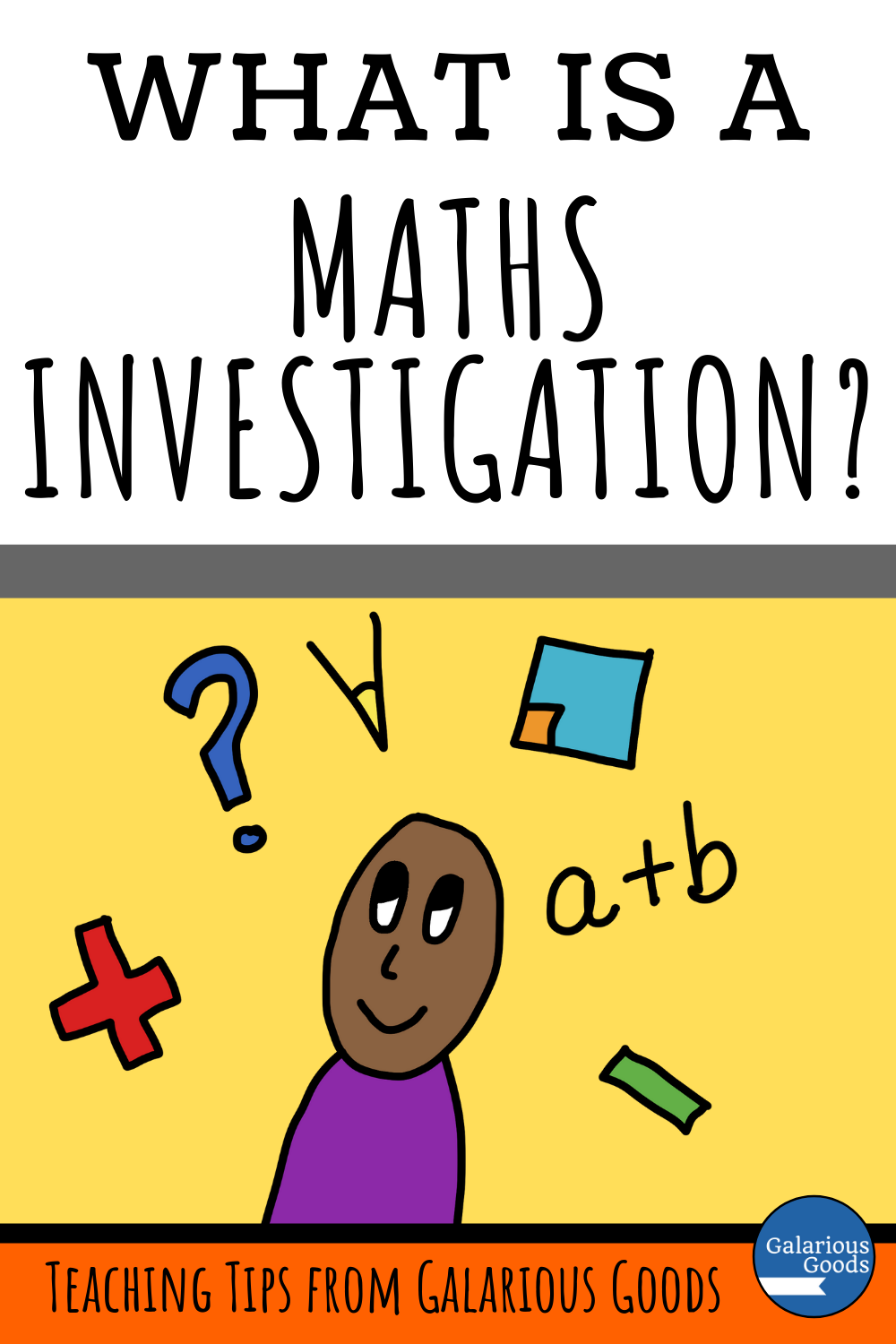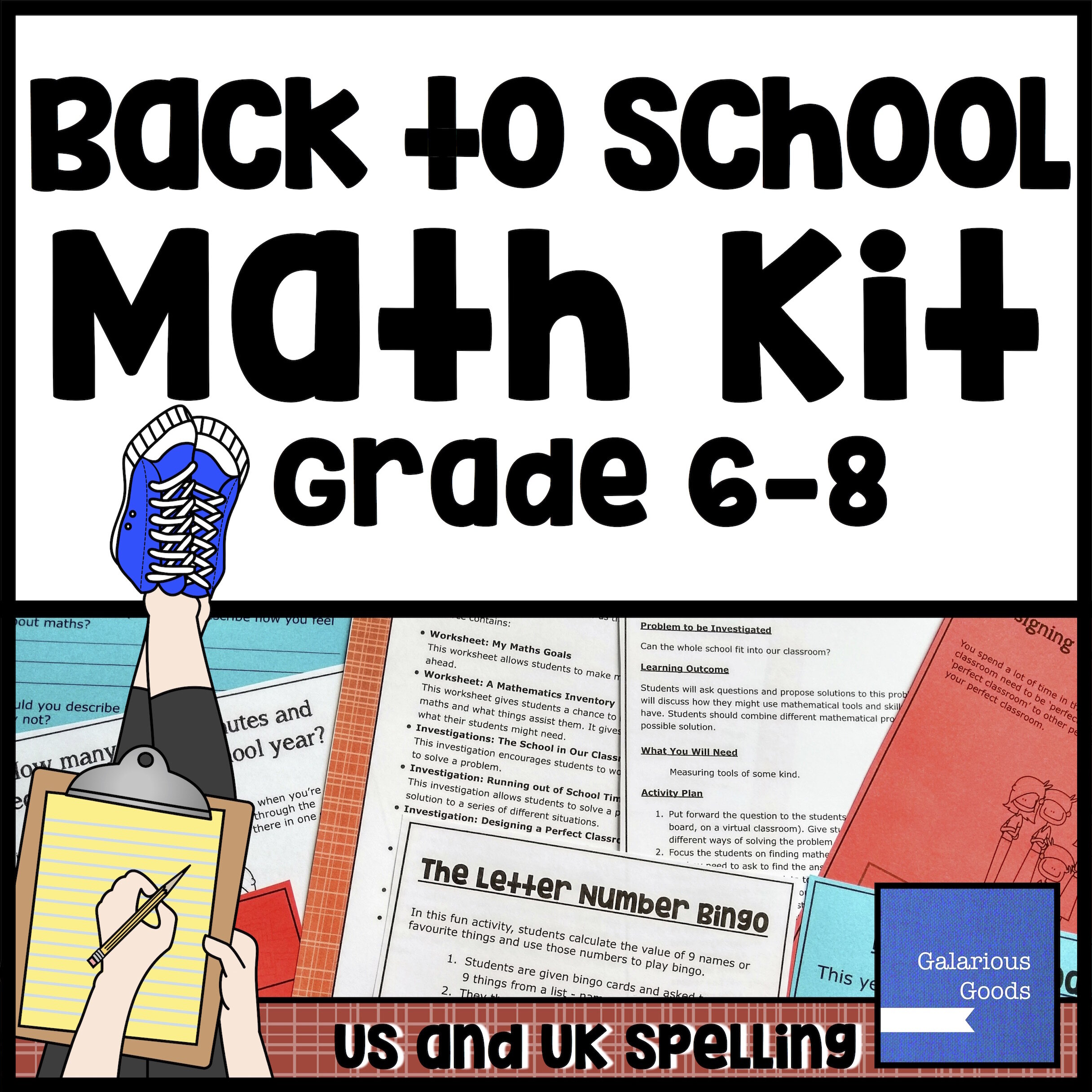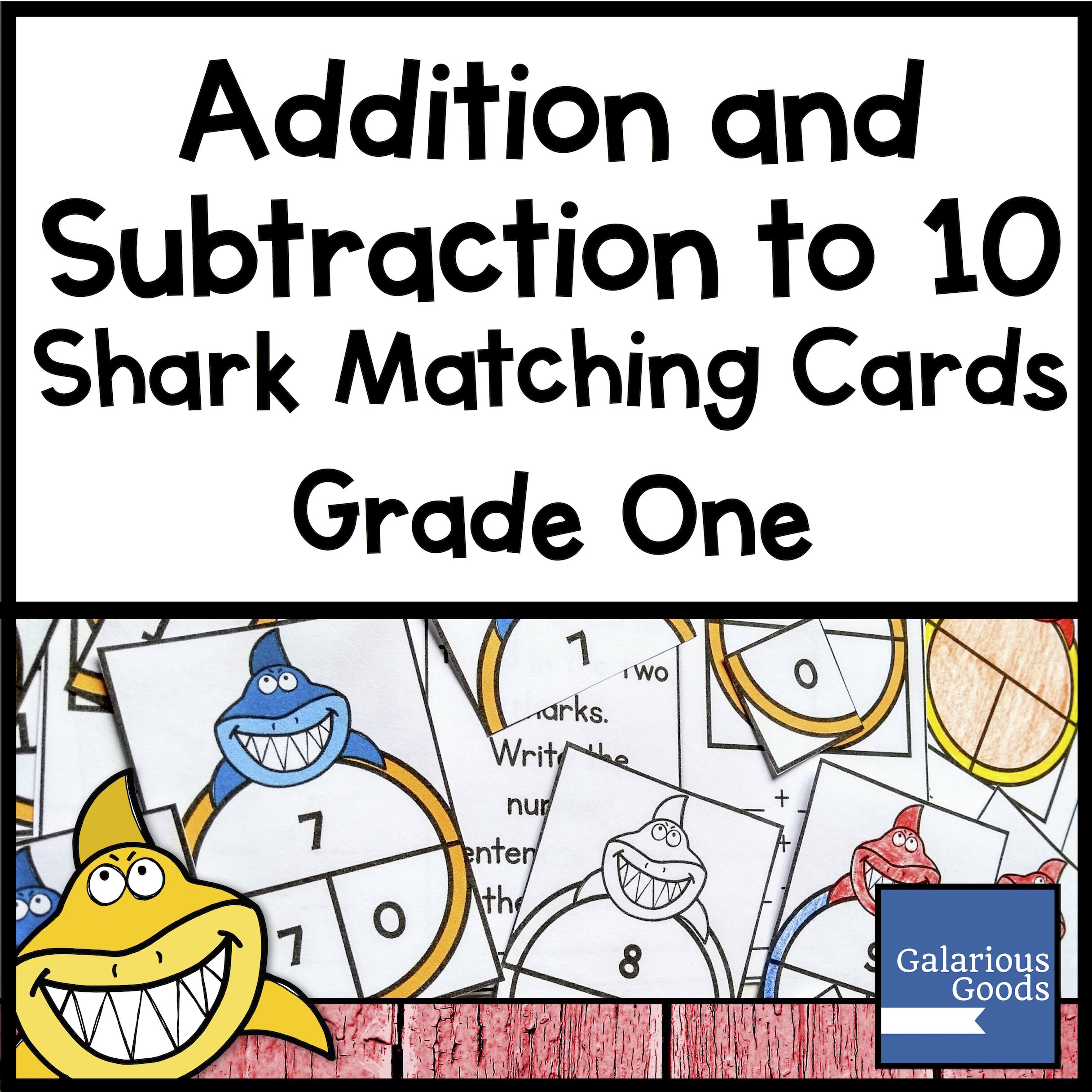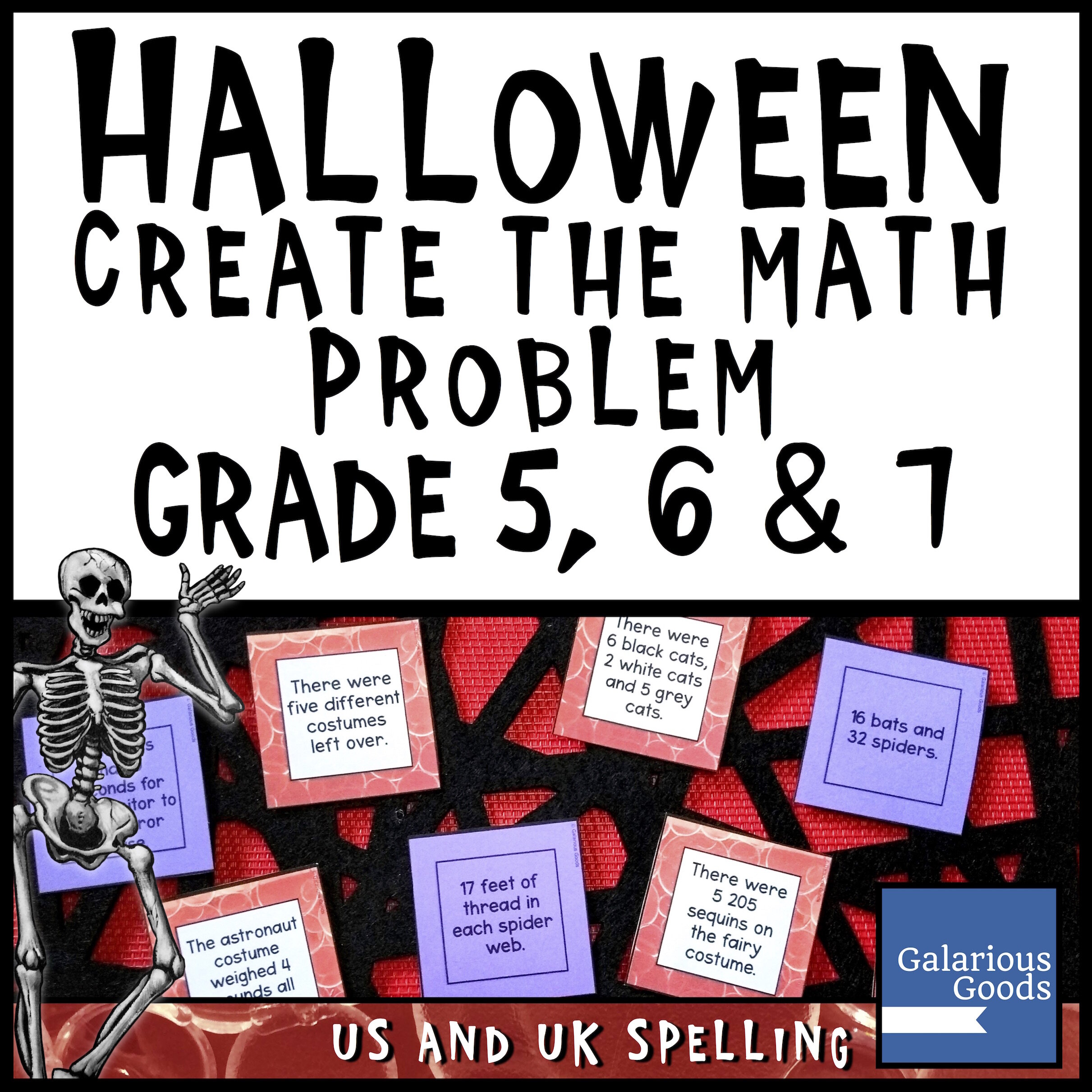What are Maths Investigations?
/When we teach mathematics it can be very easy to get caught in the nuts and bolts - the mathematical processes and ensuring that students get the 'right' answers.
It's important, though, to extend past the basic rules and processes, to get our students understanding how they can be combined and where they might have real-world applications.
Maths (or math) investigation allow students to apply their maths understanding in various situations. They usually start with a 'real world' mathematical question - big or small:
Students then formulate plans to answer the questions, collect data, use multiple processes to solve the problem, communicate the answer and reflect on their learning.
The joy of maths investigations lie in their flexibility. You can ask students to solve a large question which might take a few weeks to solve, or give them a smaller, more focused question to solve in one lesson. You can provide measurements or partial answers, or require students to collect them themselves. You can combine them with science or engineering or history or the arts. And you can cover a wide range of maths standards.












